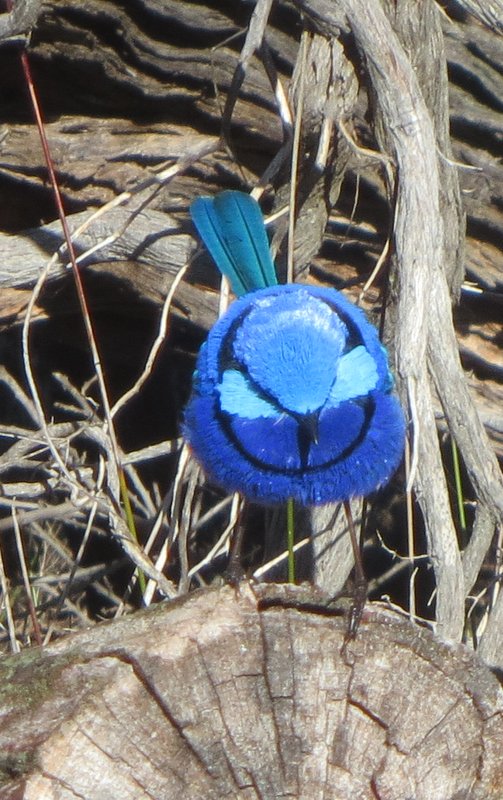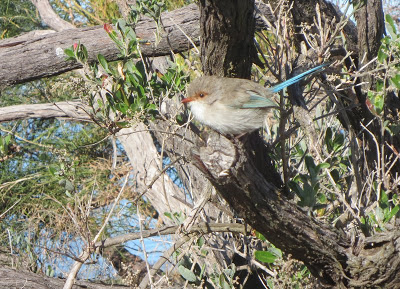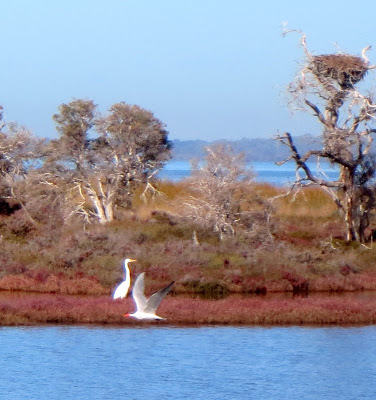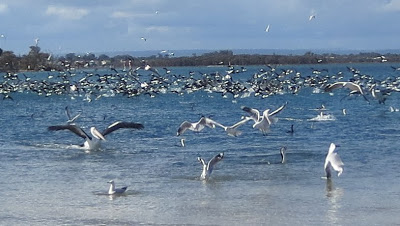So, what happened to Richard Pickersgill, part of my family history, who sailed with Captain Cook into Botany Bay? (See previous post).
Pickersgill sailed on Cook’s second voyage as third lieutenant. At Easter Island it was he who led the exploring party. At Tierra Del Fuego, it was he who was sent to sketch the channel. From those two Cook voyages, Richard Pickersgill has several geographical features named after him, including places in both N.Z. and Australia–and a whole island, south of South Georgia. He also kept a log and a journal which I hope one day to read.
On Cook’s third voyage, he was not on board. Instead he was chosen to captain a ship (Lyon) that was to meet up with Cook’s vessel, after––it was hoped––they had found the Northwest passage. Unfortunately for Richard Pickersgill, he made a mess of that attempt, partly because the Admiralty had sent them into late in the season, and partly because he just didn’t do a good job. One wonders if his love of grog, which was part of the family legend and which has also been documented, was to blame. He was in fact disgraced and court-martialled for drunkenness.
After that, history has very little to say, except for one reference by a German scientist, Johann Forster, who was with him on Cook’s second voyage. According to the Encyclopaedia Forster wrote that Richard Pickersgill had become a privateer after his fall from grace. Just how cool is that!! I have a family connection to a pirate captain.*
Sadly, he died just four years after the disastrous Northwest passage journey, when he fell while boarding a ship in the Thames. In other words, after circumnavigating the world three times, on four separate voyages, he returned to England — only to drown in London. He was thirty years old. Family legend says he was drunk when he fell… and I have had that confirmed by this blog entry, on a site run by the Captain Cook Society. In fact, that site says the ship in question was … a privateer under his own command. Wow.
So what is my connection to this man? There, things become a little blurry. My mother’s maiden name was Pickersgill. She was born in 1903, and grew up long before the days of Google…and heard tales of how her Pickersgill family came to Australia, linked to Richard.
The first Pickersgill to arrive was her grandfather Samuel Kirkby Pickersgill, who jumped ship in 1841, in Victoria. Family history tells us this was as a result of hearing tales about Botany Bay as told by Richard Pickersgill. However, as Richard P. died in 1779 and Samuel P. was only born in 1826, they could hardly have met… Moreover, Richard was born in North Yorkshire, while my great-grandfather’s family apparently came from West Yorkshire.
And yet, a man who came to Australia in 1841 was full of stories he had been told of Australia, stories apparently originating with Richard Pickersgill. These stories were told directly to my grandfather who was born in 1866, and whom I remember well.
I have yet to ferret out the physical connection.
___________
*Ok, so privateers are not exactly pirates in the traditional sense of fellows with peg legs, hook hands and eye patches. They operated with govt permission and financing against specific enemies, but if they were caught, too bad…
________________________
Major Ref: The Captain Cook Encyclopaedia (written by John Robson)


























































